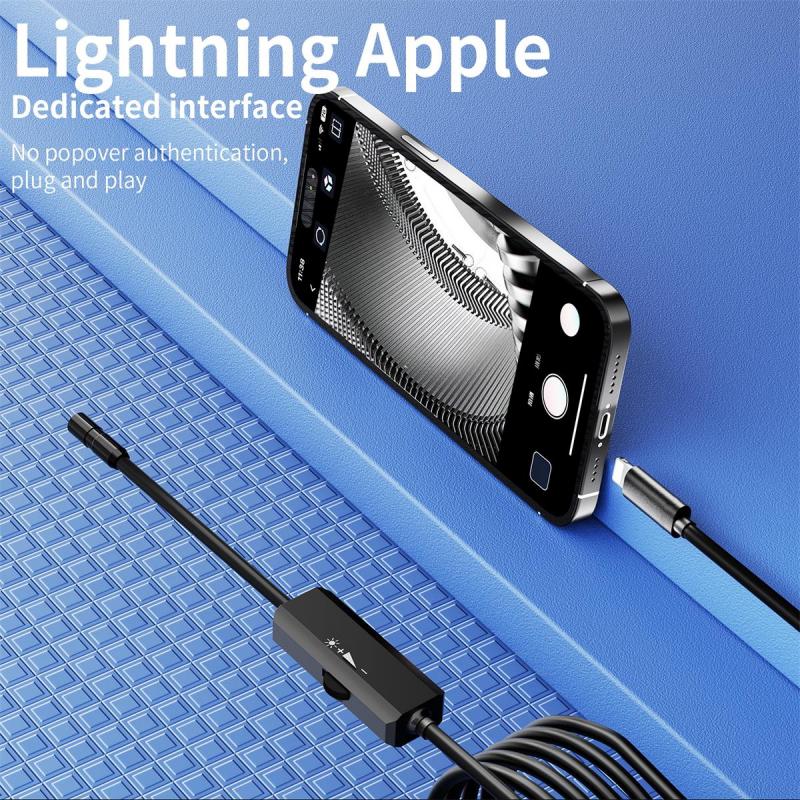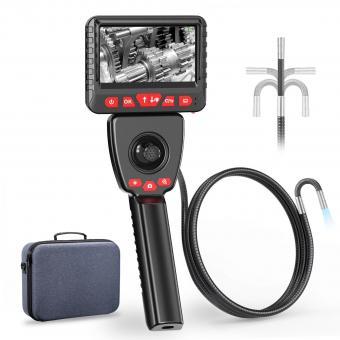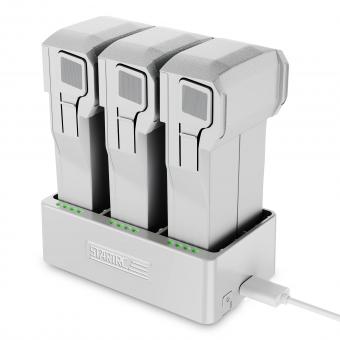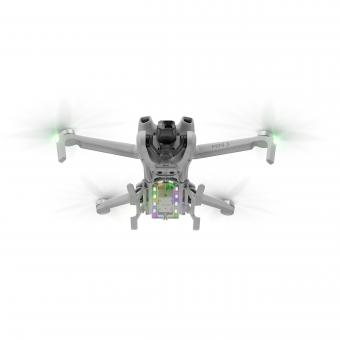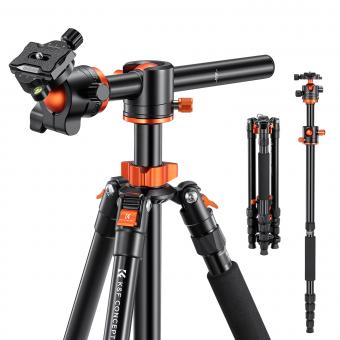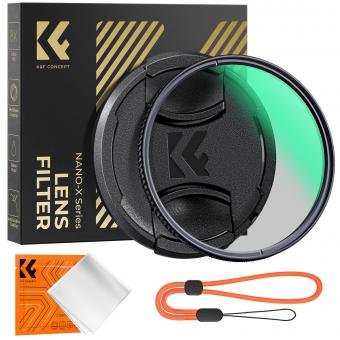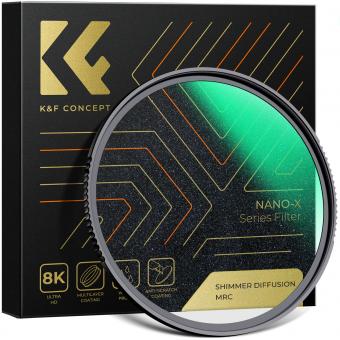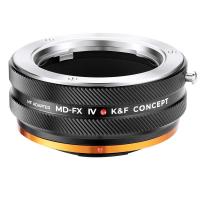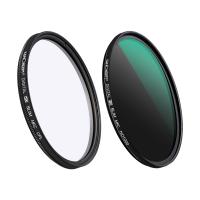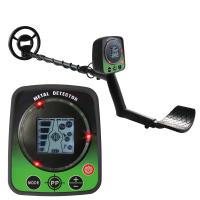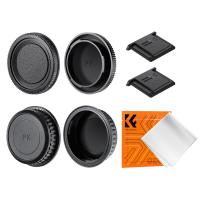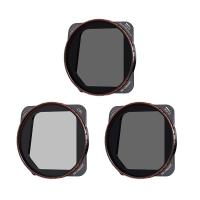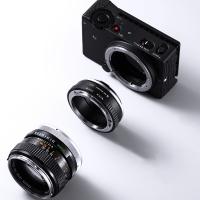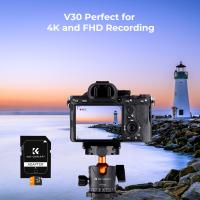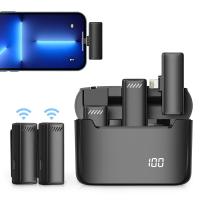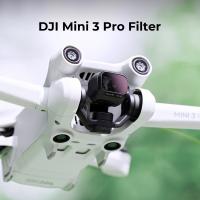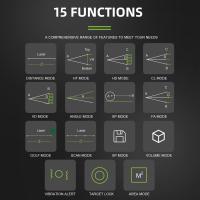How To Place Studio Lights ?
To place studio lights, start by positioning your main light source, also known as the key light, at a 45-degree angle to your subject. This light should be placed slightly above eye level to create flattering shadows. Next, add a fill light on the opposite side of the key light to reduce shadows and provide overall illumination. Place the fill light at a lower intensity than the key light to maintain some contrast. Additionally, consider using a backlight behind your subject to separate them from the background and add depth to the image. Experiment with the positioning and intensity of the lights to achieve the desired effect for your specific setup and subject.
1、 Positioning: Optimal placement of studio lights for desired lighting effects.
Positioning: Optimal placement of studio lights for desired lighting effects.
When it comes to placing studio lights, there are a few key factors to consider in order to achieve the desired lighting effects. The positioning of lights can greatly impact the mood, depth, and overall quality of the image or video being captured. Here are some guidelines to help you place your studio lights effectively:
1. Key Light: The key light is the primary light source and sets the overall tone of the scene. It should be positioned at a 45-degree angle to the subject, slightly above eye level. This creates a natural-looking illumination and adds depth to the subject's features.
2. Fill Light: The fill light is used to soften shadows created by the key light. It should be placed on the opposite side of the key light, at a lower intensity. This helps to balance the lighting and reduce harsh shadows.
3. Backlight: The backlight is positioned behind the subject and adds depth and separation from the background. It helps to create a three-dimensional effect and can be placed slightly above or behind the subject.
4. Hair Light: A hair light is used to highlight the subject's hair or shoulders, adding a touch of glamour and separation from the background. It is typically placed behind and above the subject, angled downward.
5. Background Light: If you want to highlight the background or create a specific mood, a background light can be used. It can be placed behind the subject, pointing towards the background, or positioned to the side to create a more dramatic effect.
6. Modifier Placement: The placement of modifiers, such as softboxes or umbrellas, can also affect the quality of light. Larger modifiers placed closer to the subject will create softer, more diffused light, while smaller modifiers placed further away will create more focused and harsher light.
It's important to note that these guidelines are not set in stone and can be adjusted based on the desired effect and the subject being photographed or filmed. Experimentation and creativity are key in finding the perfect lighting setup for your specific needs.
In recent years, there has been a growing trend towards using more natural and organic lighting setups in studio photography. This involves utilizing natural light sources, such as large windows or skylights, to create a softer and more flattering light. This approach can add a more authentic and realistic feel to the images, especially when combined with minimal artificial lighting.
Ultimately, the placement of studio lights should be tailored to the specific requirements of the shoot and the desired outcome. It's important to experiment, adapt, and stay open to new techniques and trends in order to achieve the best results.
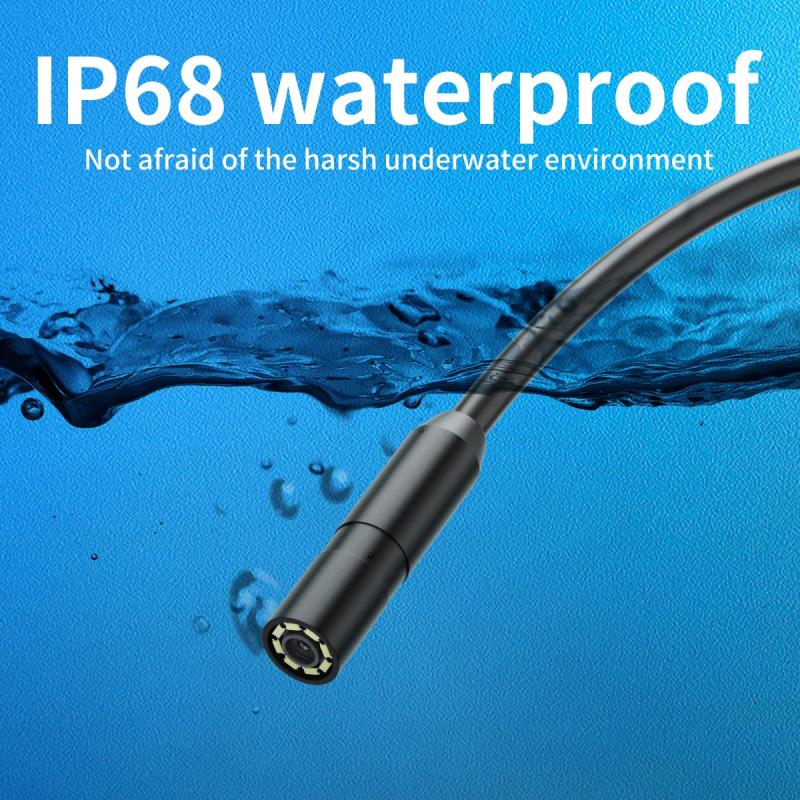
2、 Angles: Understanding and utilizing different angles to enhance lighting composition.
How to place studio lights is a crucial aspect of photography and videography. It involves understanding and utilizing different angles to enhance lighting composition. The placement of studio lights can greatly impact the overall look and feel of the subject being captured.
One important aspect to consider is the angle of the light source. The angle at which the light hits the subject can create different effects and moods. For example, a light placed directly in front of the subject will create a flat and evenly lit image, while a light placed at a 45-degree angle will create more depth and dimension.
Another factor to consider is the height of the light source. Placing the light source higher up will create a downward angle, which can be flattering for portraits as it helps to define facial features and create shadows. On the other hand, placing the light source lower down can create an upward angle, which can be used to create a more dramatic effect.
Additionally, the distance between the light source and the subject is important. The closer the light source is to the subject, the softer the light will be. This can be achieved by using diffusers or softboxes. Conversely, placing the light source further away will create a harder and more focused light.
It is also important to consider the placement of multiple light sources. By using multiple lights, you can create a more dynamic and three-dimensional look. Experimenting with different angles and positions of each light can help to create interesting and visually appealing compositions.
In conclusion, understanding and utilizing different angles when placing studio lights is essential for achieving desired lighting compositions. By considering the angle, height, distance, and placement of the lights, photographers and videographers can enhance the overall look and feel of their subjects. It is important to experiment and adapt to the specific needs of each shoot, as different angles can create different effects and moods.
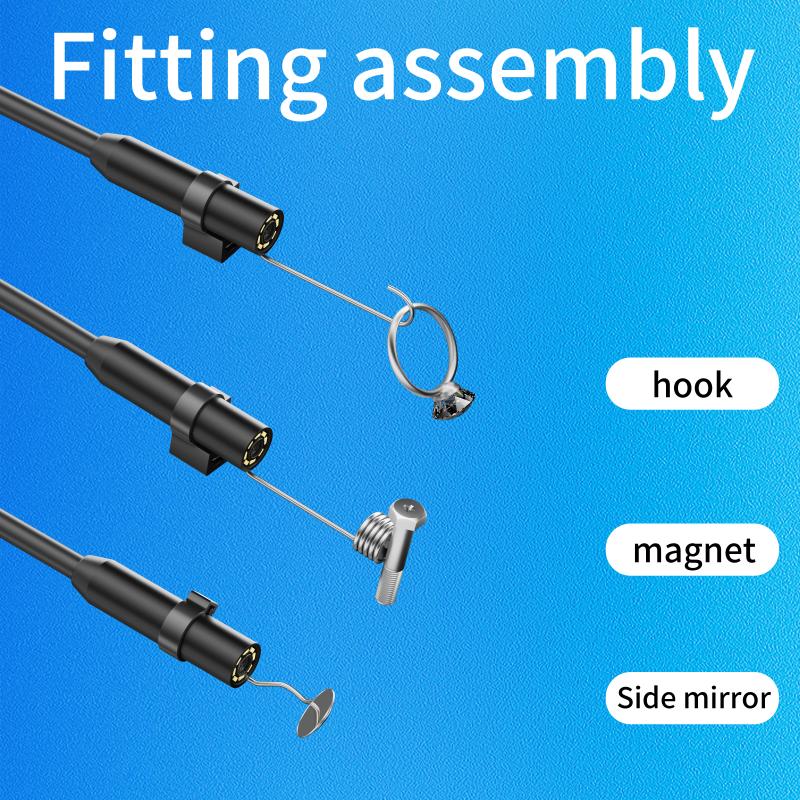
3、 Distance: Determining the appropriate distance between subject and studio lights.
Distance: Determining the appropriate distance between subject and studio lights is crucial in achieving the desired lighting effect. The distance between the subject and the lights can greatly impact the intensity, direction, and quality of the light. Here are some factors to consider when placing studio lights:
1. Lighting Intensity: The closer the lights are to the subject, the more intense the light will be. This can create a dramatic effect with strong shadows and highlights. On the other hand, placing the lights further away will result in a softer, more diffused light.
2. Lighting Direction: The distance between the subject and the lights also affects the direction of the light. Placing the lights closer to the subject will create a more direct and focused light source, while placing them further away will result in a broader, more even light spread.
3. Shadows and Highlights: The distance between the subject and the lights can also impact the shadows and highlights in the image. Placing the lights closer to the subject will create more defined shadows and highlights, while placing them further away will result in softer transitions between light and shadow.
4. Light Quality: The distance between the subject and the lights can affect the quality of the light. Placing the lights closer to the subject will create a more concentrated and harsher light, while placing them further away will result in a softer and more flattering light.
It is important to experiment with different distances and observe the effects on the subject to achieve the desired lighting outcome. Additionally, factors such as the type of light modifier used, the power of the lights, and the desired mood or style of the image should also be taken into consideration when determining the appropriate distance between subject and studio lights.
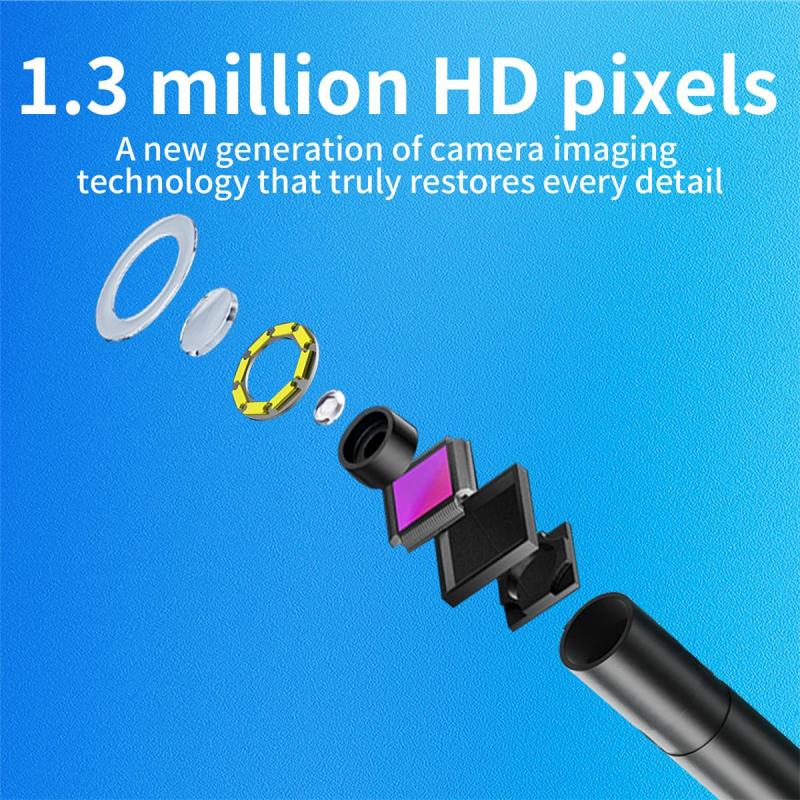
4、 Light modifiers: Utilizing various modifiers to shape and control studio lighting.
How to place studio lights is a crucial aspect of achieving desired lighting effects in photography or videography. The placement of studio lights can greatly impact the overall look and feel of the subject being captured. Here are some key considerations when it comes to placing studio lights:
1. Key Light: The key light is the primary light source that illuminates the subject. It is typically placed at a 45-degree angle to the subject, slightly above eye level. This creates a natural-looking illumination and adds depth to the subject.
2. Fill Light: The fill light is used to reduce shadows created by the key light. It is usually placed on the opposite side of the key light, at a lower intensity. This helps to balance the overall lighting and create a more even illumination.
3. Backlight: The backlight, also known as the rim light or hair light, is placed behind the subject to separate it from the background. It adds depth and dimension to the image by creating a subtle glow around the edges of the subject.
4. Background Light: If you want to highlight the background or create a specific mood, you can use a background light. This light is placed behind the subject and directed towards the background to create separation and add depth to the image.
5. Light Modifiers: Utilizing various modifiers to shape and control studio lighting is essential. Light modifiers such as softboxes, umbrellas, and reflectors can be used to diffuse or direct the light, creating different effects. Softboxes produce soft, even lighting, while umbrellas can provide a broader spread of light. Reflectors can bounce light back onto the subject, filling in shadows and adding highlights.
It's important to note that the placement of studio lights can vary depending on the desired effect and the subject being photographed or filmed. Experimentation and practice are key to finding the perfect lighting setup for each specific situation.
